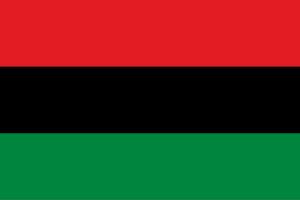
Habari Gani? (Or in English, "How are you?" or "What's the news?")
If you don't know Swahili already, you just learned some! This is a greeting for the holiday of Kwanzaa, a week-long celebration that starts December 26th and ends January 1st. Kwanzaa is celebrated by many in the U.S. and other countries. It was first celebrated in 1966 and celebrates African heritage, unity, and culture. People remember and honor their ancestors and where they come from with African traditional clothing, music, toys, food, and dancing. They also give gifts!

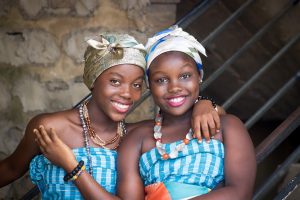
The holiday has seven core principles (Nguzo Saba) and each day of the holiday is dedicated to a different principle.
The Seven Core Principles (Nguzo Saba)
1. Unity (Umoja)
2. Self-determination (Kujichagulia)
3. Working together (Ujima)
4. Cooperative economics (Ujamaa)
5. Purpose (Nia)
6. Creativity (Kuumba)
7. Faith (Imani)
Even the name Kwanzaa has seven letters for the seven core principles. The word comes from Swahili and means "first fruits of the harvest."
Upon lighting the candle each day, the family reflects upon the corresponding principle and how to incorporate it that day and into their lives going forward. At the end of the week, the family gets together and drinks from a cup of unity (kikombe) before a feast (karamu), and then it's time to party!
These are examples of foods eaten at the karamu/feast! The fruits and vegetables eaten remind everyone about the end of the harvest and the beginning of planting season. Some foods eaten are yams, nuts, squash, collard greens and apples.
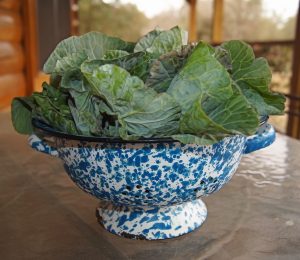

Women will often braid their daughters' hair in special African styles during Kwanzaa!


Straw mats like this are used on the table for Kwanzaa.
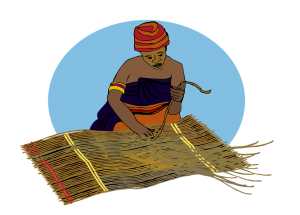
Usually gifts are handmade, like this wooden toy of an African zebra.
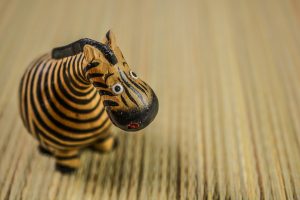
The library has some great books for celebrating Kwanzaa with children or even just to learn about this joyous holiday.
This book is the perfect introduction for young children, explaining key terms and items of the holiday with pronunciations. Each page reflects upon the principle of the day and its application in life.
This story takes us back to Africa, where seven brothers all have to work together to solve a problem. It's a good representation of the seven core principles of the holiday woven together into a story that illustrates them quite well. This book also shows you how a weave your own Ghanaian-style belt- a great Kwanzaa gift!
Li'l Rabbit feels like he's too little to help. Momma Rabbit is taking care of Granna Rabbit, who is sick, and can't cook the feast for the end of Kwanzaa. Li'l Rabbit thinks of some ideas to try to help his Granna feel better. All the animals work together to make Granna Rabbit's whole family have a better Kwanzaa with decor, music, food, and toys- what a great way to illustrate the seven principles!
This book goes through the days of Kwanzaa with the family lighting each candle and explaining the significance behind the principles. It shows some applications of the principle in each day, and tells about the traditions of the holiday. It goes a little bit into more detail than My First Kwanzaa, so it's better for children that are a little older.
If you are interested in more African culture, people, and stories, we also have other books about African Culture, too!
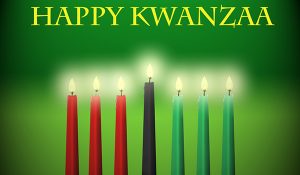



Add a comment to: All About Kwanzaa!